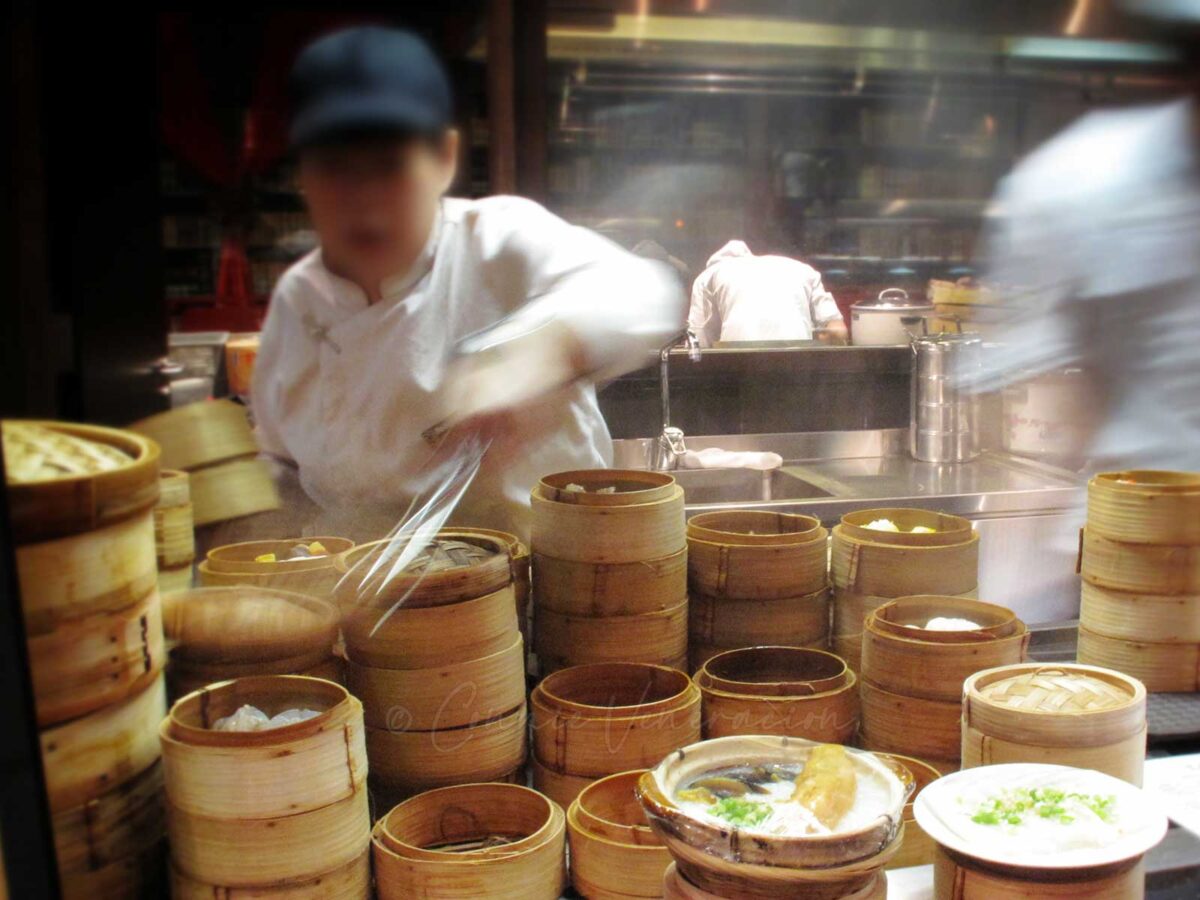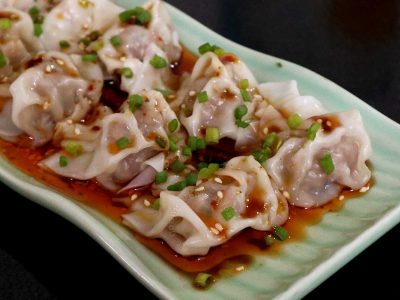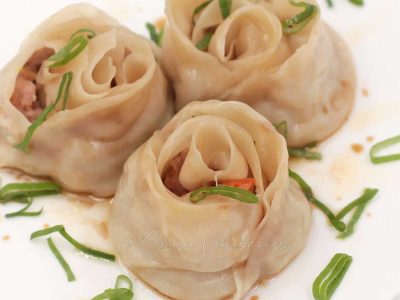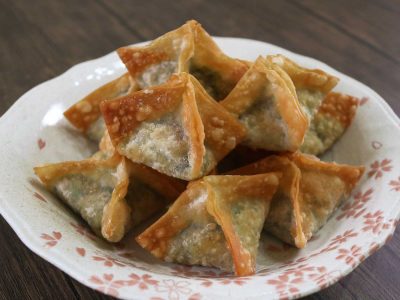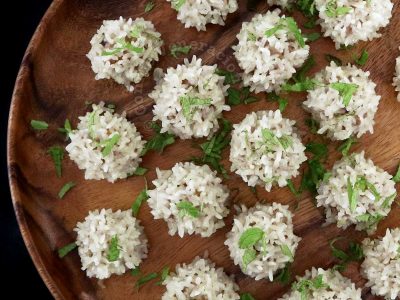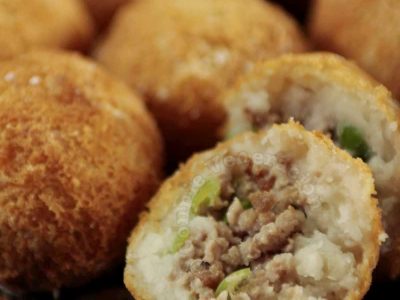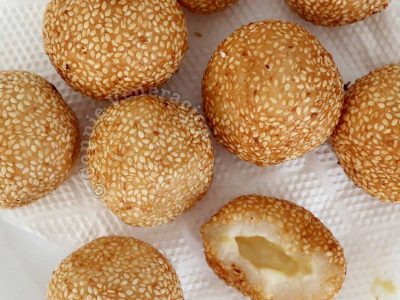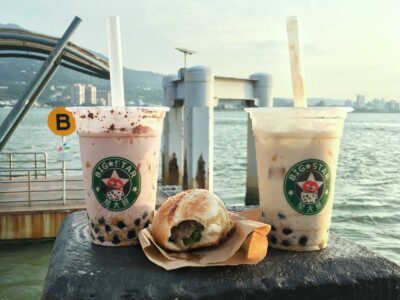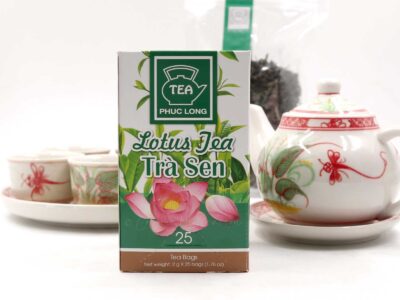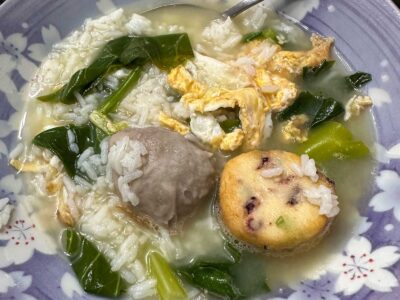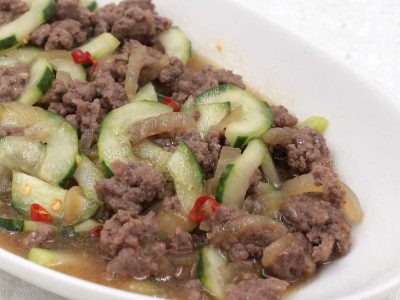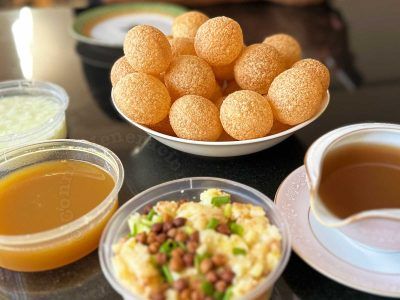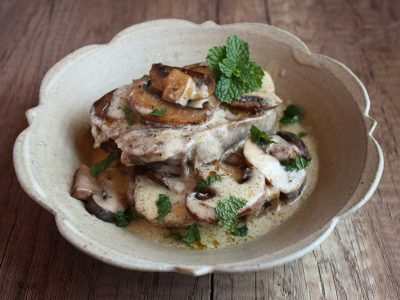So you like eating at Chinese restaurants and you’re particularly fond of the wheeled trolley that contains stacks of bamboo steamer baskets each containing a delicious dish. When the trolley stops at your table, you pick out the dishes that you like, the food attendant places the bamboo baskets on your table and you dig in. When the contents of the baskets are gone, you choose another round of dishes and the empty bamboo baskets are replaced with new ones. You know the routine.
We treat dim sum as snacks or as appetizers. But did you know that dim sum is only a component of the meal and, traditionally, hot tea accompanies the food?
Yum cha (“drink tea”) is a very old custom in China but the practice of serving tea with snacks, or dim sum food, came later — its history intertwined with the merchants that plied the Silk Road and the teahouses where they sought refreshment.
The Silk Road is an ancient route used by the Chinese to transport silk and other goods for sale. Caravans travelled from China to as far as Africa and Europe, and weary merchants stopped at roadside teahouses for refreshment. When exactly food was offered along with the traditional tea, no one really knows. What is known is that, at some point, someone realized that the tired merchants needed more than tea to replenish their energy and prepare for the next leg of their journey. And dim sum with yum cha was born.
Today, dim sum with yum cha is more than a light meal to recuperate from the hardships of travel. It has evolved into an all-day affair. In teahouses and some restaurants, dim sum items are available from breakfast until closing time. Many diners treat dim sum food as appetizer — a precursor to the heavier dishes of meat, seafood and rice.
Yum cha etiquette
Every culture has its dining etiquette and eating Chinese food, including dim sum, in or out of China, is no exception.
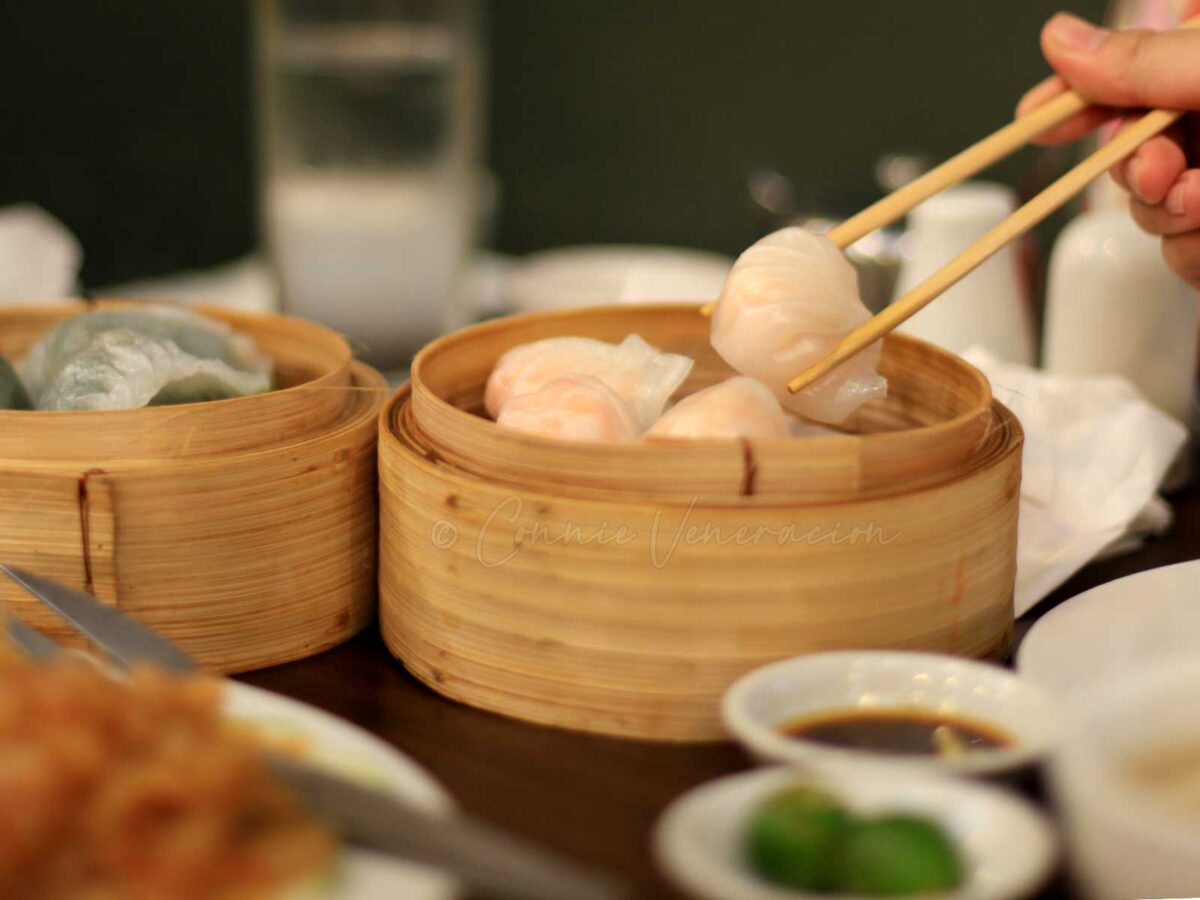
The first thing, and probably the most important, to remember is that dim sum food is meant for sharing. It’s not like an order of steak or chops that’s meant for one. The reason for ordering several baskets of different dim sum items is to allow everyone to try and enjoy all. So, do pick a piece from a basket and leave the rest for your companions.
The second thing relates to reaching out for food items that are on the other side of the table. A Hong Konger explains this rule by referring to elephants in Chinese chess, or Xiangqi.
As a rule, the pieces labelled elephant or xiang play a defensive role and are not allowed to cross the river into the opponent’s side.
“The yum cha rules you need to know” in BBC Travel
So, if a dish is on the other side of the table, don’t “cross the river” but, rather, ask someone to pass the food. If the dining table is equipped with a Lazy Susan tray at the center, wait until everyone has finished getting food before turning the tray to place the food you want in front of you.
Tea etiquette
Dim sum and yum cha go together. In many dim sum establishments, the “house tea” is free and you can get unlimited refills.
Who should pour the tea?
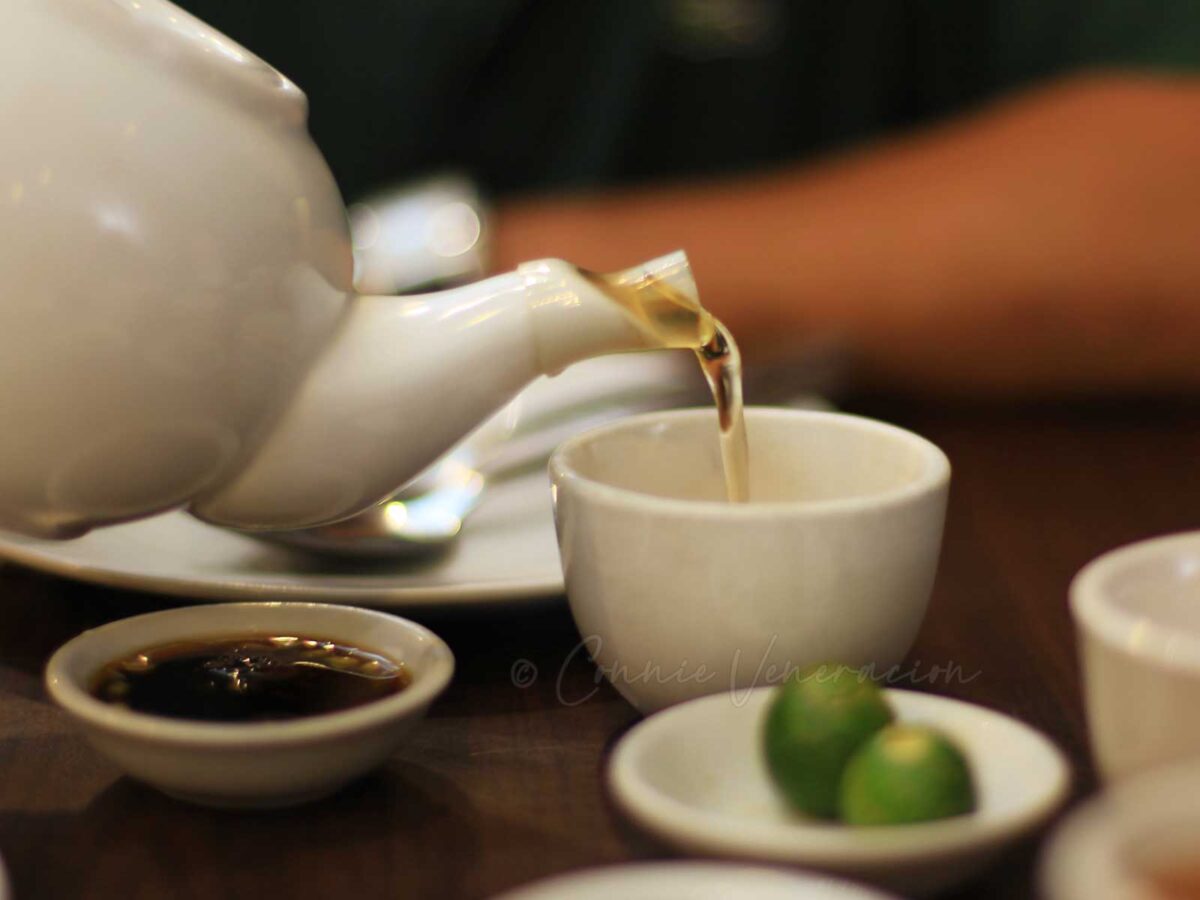
The rules are confusing. The waiter or waitress may pour the tea when the teapot is first brought to the table. Others say that it is the youngest among the diners who should do this (we don’t include children in determining who the youngest is, I’m sure).
Whoever pours the tea should remember the basic rule: pour for all the others first before pouring tea into your own cup.
In the course of a yum cha meal, we consume several pots of tea. Three, four, five… depending on how much we eat and how long the meal is. Sometimes, we keep drinking tea long after the bamboo steamer baskets have been cleared. Dim sum food always makes us overindulge and tea aids digestion.
Chopsticks etiquette
Using chopsticks at yum cha is the norm and there are rules attached to their use.
First, don’t use it to hit the side of your bowl or plate to make a lot of noise, because Chinese people think only beggars would do this to beg for meals.
Second, when you use it, don’t stretch out your index finger, which would be regarded as a kind of accusation to others. Never use it to point at others.
Third, it is thought to be an impolite behavior when you suck the end of a chopstick. People will think you lack family education.
Fourth, don’t use it to poke at every dish without knowing what your want.
And last, don’t insert it vertically into the bowls or dishes. Chinese people do this only when they burn incense to sacrifice the dead.
“Chinese Chopsticks” in Travel China Guide
Can you pass food from chopsticks to chopsticks?
In James Clavell’s Tai-Pan, set in Hong Kong in the 1840s and my favorite among his Asian Saga novels, Dirk Struan, Scottish-born owner of Struan & Company, pays a visit to Wu Kwok, son of the pirate king Wu Fang Choi, to discuss business. But even before the first word was uttered, there was tea, and there were moon cakes and dim sum.
Struan picked up his chopsticks again and meticulously chose another dim sum from the plate: the smallest and the most delicate, the most difficult to hold. It was one of the steamed, shrimp-filled doughs, the white pastry so thin as to be almost translucent. He lifted it quickly and effortlessly, praying to himself that he wouldn’t drop it. He held it out at arm’s length, offering it to Wu Kwok.
Wu Kwok’s chopsticks snaked out and he took the dim sum and carried it to his small dish. But a tiny piece of shrimp fell onto the table. Though Wu Kwok remained impassive, Struan knew that he was enraged, for he had lost face.
Struan delivered the coup de grace. Leaning over, he picked up the morsel of shrimp and put it on his plate, and selected another tiny dim sum. Again he offered it. Wu Kwok took it. He did not drop any part of it.
He offered one to Struan, and Struan took it casually in midair and ate with relish but refused the next one offered. It was the height of Chinese decorum to pretend to the host that the food was so good that one could eat no more, even though both host and guest knew they would continue to eat ravenously.
From “Tai-Pan” by James Clavell
Passing food from chopsticks to chopsticks? Really? For a while, I thought Clavell got it wrong and he missed a terribly important piece of Chinese dining etiquette. Then, I realized that the taboo around passing food from chopsticks to chopsticks is Japanese, not Chinese.
Never share food by passing from chopsticks to chopsticks because this resembles a custom at Japanese funerals when cremated bones are ceremoniously transferred to the urn. This is probably the biggest taboo at the Japanese dinner table. You can transfer food using your chopsticks to someone else’s plate but get them to pass the plate to you if it is a distance.
“10 Golden Rules for Japanese Chopstick Manners” in Japan Talk
So, you see, chopsticks are used in more than one country and the rules surrounding their use are not always the same.
Modern dim sum recipes for your next yum cha at home
Wontons in Sichuan chili oil
Missing dining in Hong Kong terribly, we made a home version of Din Tai Fung’s spicy wontons. You can too with this easy-to-follow recipe which includes how to make Sichuan chili oil.
Rose dumplings
Think gyoza shaped like roses. A show stopper to serve over the holidays, these rose dumplings are filled with meat and vegetables then cooked in oil and water.
Crispy spinach and cream cheese dumplings
Blanched spinach is chopped and mixed with softened cream cheese to make the filling for these delicious fried dumplings. A tasty snack and a splendid appetizer for the holidays.
Chinese steamed pork buns (baozi)
If you feel that the steamed pork buns from the neighborhood Chinese place could be better, that the bread is not fluffy enough and there isn’t sufficient meat filling, perhaps it’s time that you try making this dim sum favorite at home.
Chinese sticky rice pearl meatballs
Seasoned ground pork is formed into balls, rolled in soaked sticky rice and steamed until the rice grains puff. Chinese sticky rice pearl meatballs make a delicious and filling snack.
Taro puffs (wu gok)
A beloved dim sum dish, taro puff is illustrative of the importance of contrast in texture. The outside is crisp but the taro is soft and creamy beneath the crust. And, inside, a generous amount of well-seasoned moist meat.
Sesame cheese balls
Balls of dough made with glutinous (sticky) rice flour, sugar and water are stuffed with cheese, rolled in sesame seeds and deep fried until golden.

